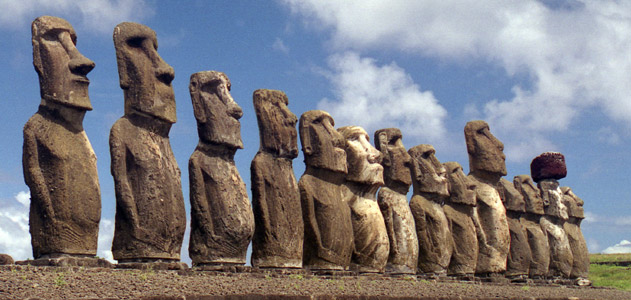Thomas Kelly on the Nyinba People of Nepal | AnnenbergSpaceForPhotography.org.

© Thomas Kelly
By Thomas Kelly
The Nyinba (the word means “people of the sunny valley”) migrated into the vertical mountainous forested sanctuary of Nepal’s northwestern Himalayas from the Tibetan plateau steppe Zhangzhung kingdom over 15,000 years ago. The Zhangzhung kingdom’s capitol was located near the sacred peak of Mt. Kailash, believed to be the axis mundi of the universe, where heaven and earth meet for Buddhists, Hindus, Jains and Bon. They brought with them a richly developed cultural heritage of this ancient Bon culture reflected in their unique dress.
My wife and I spent several years among the Nyinba, who practice polyandry, the custom where one woman marries all the brothers in a family. “You mean you don’t share your wife with your brother?” I remember Sherzoom asking me incredulous. Traditional shoes are left outside the bedroom door to indicate who is with the wife. The photo above is of the bride’s female relatives who each hold willow branches in their hands. They are re-enacting opera-fashion the wedding of the Chinese Princess Wen Chen Konjo to Srongtsen Gampo in the 8thcentury. They sing clever riddles like, “What lives at the bottom of the sea and carries his home on his back?” The groomsmen are required to answer their questions in order to win the bride.
The perak, the headdress shaped like a cobra’s head and studded with turquoise, is found throughout Ladakh and the Nyinba are the furthest east community to wear them. Worn now only for ceremonial occasions, these heirloom pieces were traditionally worn by women even in the fields so that they could escape invading armies with the family jewels. Wearing enormous gaus-portable altars of silver and gold stuffed with magical sacred mantras of protection, and large amber necklaces, the women symbolize wealth itself—the wealth of fertility and offspring. The coral is considered heating, feminine and is believed to arouse fertility. The turquoise is considered cooling and masculine and together they balance and protect health. These heirloom pieces are worn and passed down generation to generation. No Tethys Sea (Tibetan plateau) coral exists anymore except in these treasured necklaces. The turquoise is believed to absorb harm-protecting the wearer from misfortune. (Said to come when divine sheep scratch the heavenly cloud floors upon which they graze, causing turquoise to tumble from the sky.) Long necklaces made from shell from the Bay of Bengal dangle down beyond their waists, many wearing cowrie studded belts. Cowrie was once traded throughout Afghanistan and northern India as a form of money. Victorian coins are strung into necklaces, the women wear handwoven gowns, rainbows decorate the Nyinba women’s shoulders and cuffs-symbolizing them as rainbow body dakinis in living form.
The gowns, dyed from plants, and decorated with tie-dyed suns symbolizing the name of who they are: Nyinba—people of the sunny valley.
Polyandry is dissolving after the Maoist conflict which attracted many of the young single women to join. Sonam, the oldest groom of this marriage, ran off and left the bride with his younger brothers. Tourism and the death of the salt and wool trade route has changed the ancient triadic economies of the Nyinba in which each brother would contribute to the family pot and share a wife. My wife was amongst the very women in this photograph just last month on a women’s health medical expedition. While their reproductive health challenges continue with the majority of child-bearing women having had at least one infant death, they are still singing their songs, their voices filled with pride, still wearing their unique dress, these rainbow body Bonpo protector dakinis.
